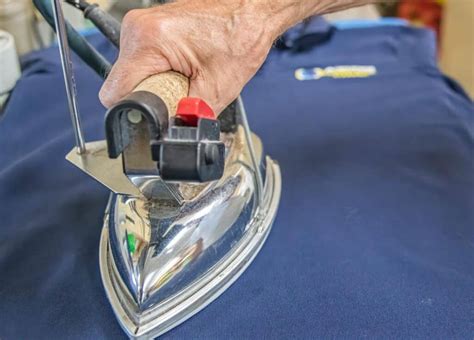Dry Cleaning: Get the Most Out of Your Investment
Dry cleaning. The word itself conjures images of pristine garments, freshly pressed shirts, and the satisfying swish of a perfectly cleaned suit. But beyond the luxurious feeling of wearing freshly dry-cleaned clothes, there's a significant investment involved. To get the most out of your dry cleaning dollars, understanding the process, choosing the right cleaner, and caring for your garments beforehand and afterward is crucial. This comprehensive guide will help you maximize your investment and keep your clothes looking their best for longer.
What is Dry Cleaning, and Why is it Necessary?
Dry cleaning isn't actually "dry." It uses a liquid solvent, typically perchlorethylene (PERC), though environmentally friendly alternatives like hydrocarbon solvents are becoming increasingly popular. This solvent, rather than water, cleans delicate fabrics like silk, wool, and rayon that would shrink or be damaged by traditional washing. The process involves submerging the garments in the solvent, which dissolves oil-based stains and dirt, followed by rinsing and drying. Why is it necessary? Because some fabrics simply can't withstand the harshness of a washing machine and dryer.
Choosing the Right Dry Cleaner: A Crucial Step
Finding a reputable dry cleaner is paramount. Don't just choose the closest one; research your options.
What to Look For:
- Reputation: Check online reviews on sites like Yelp or Google Reviews. Look for consistent positive feedback regarding quality of service, attention to detail, and handling of delicate items.
- Green Practices: Inquire about the solvents used. Many cleaners are transitioning to eco-friendly alternatives to PERC, minimizing environmental impact.
- Insurance: A reputable cleaner will have insurance to cover any damage to your garments. Ask about their insurance policy.
- Specialization: Some dry cleaners specialize in certain types of fabrics or garments. If you have particularly valuable or delicate items, find a cleaner with expertise in those areas.
- Customer Service: Good communication and attentiveness to your needs are essential. A cleaner who takes the time to understand your concerns and offers helpful advice is a valuable find.
Preparing Your Garments Before Dry Cleaning
Taking a few simple steps before sending your clothes to the cleaner can significantly improve the results and extend their lifespan.
Pre-Treatment:
- Check Pockets: Empty all pockets completely. Items left inside can damage your clothing or the cleaning equipment.
- Identify Stains: Point out any noticeable stains to the cleaner. Early identification allows for more effective treatment.
- Button Up/Zip Up: Fasten all buttons, zippers, and hooks to prevent damage during the cleaning process.
- Repair Loose Threads: Address any loose threads or minor damage before sending your garments for cleaning. This prevents further damage during the cleaning cycle.
Caring for Your Clothes After Dry Cleaning
The cleaning process is only half the battle. Proper care after dry cleaning is crucial to maintain the pristine condition of your garments.
Post-Cleaning Care:
- Inspect Immediately: Check your garments for any damage or missed stains as soon as you receive them back. Address any issues with the cleaner promptly.
- Air Out: Allow your clothes to air out for a few hours to remove any lingering solvent odor.
- Proper Storage: Store clothes appropriately. Use garment bags to protect them from dust and moisture.
How Often Should I Dry Clean My Clothes?
The frequency of dry cleaning depends on the type of garment and how often you wear it. Generally, it's best to clean items only when necessary, rather than adhering to a rigid schedule. Over-cleaning can actually damage fabrics.
What About Dry Cleaning at Home?
While home dry cleaning kits exist, they often lack the power and precision of professional equipment. For delicate and valuable garments, professional dry cleaning is usually the best choice.
What Types of Fabrics Benefit Most from Dry Cleaning?
Delicate fabrics like silk, wool, cashmere, and rayon are best suited for professional dry cleaning.
Are There Any Environmental Concerns Related to Dry Cleaning?
Traditional dry cleaning methods using PERC have raised environmental concerns due to the solvent's potential impact on air and water quality. However, many cleaners are adopting eco-friendly alternatives to reduce the environmental footprint.
Can I Dry Clean Everything?
No. Some items, like certain leather or suede garments, may not be suitable for dry cleaning and may require specialized cleaning methods.
By following these tips and choosing a reputable dry cleaner, you can ensure you get the most out of your dry cleaning investment, preserving the look and feel of your clothes for years to come. Remember, a little preventative care and informed decision-making go a long way in extending the life of your wardrobe.

